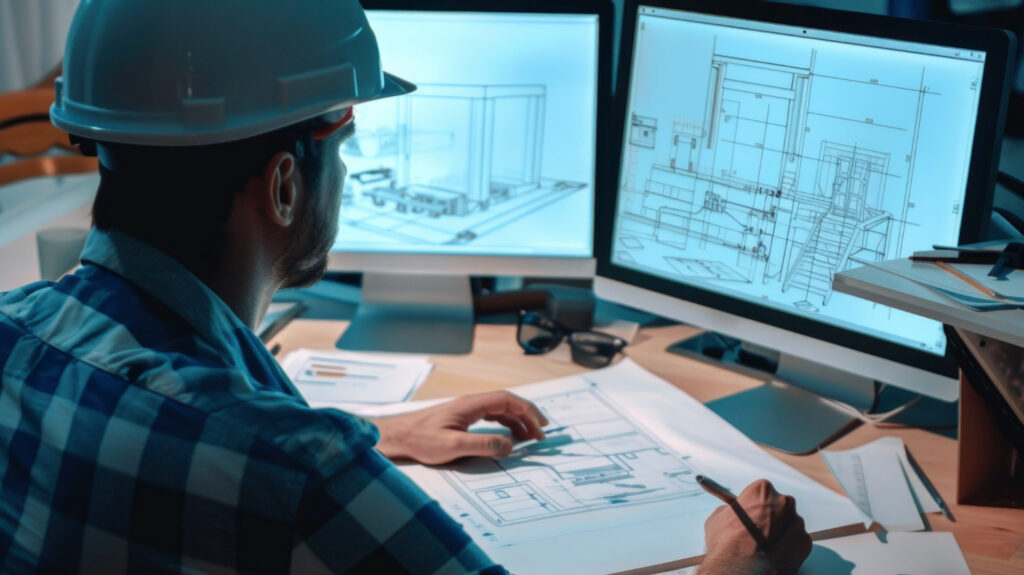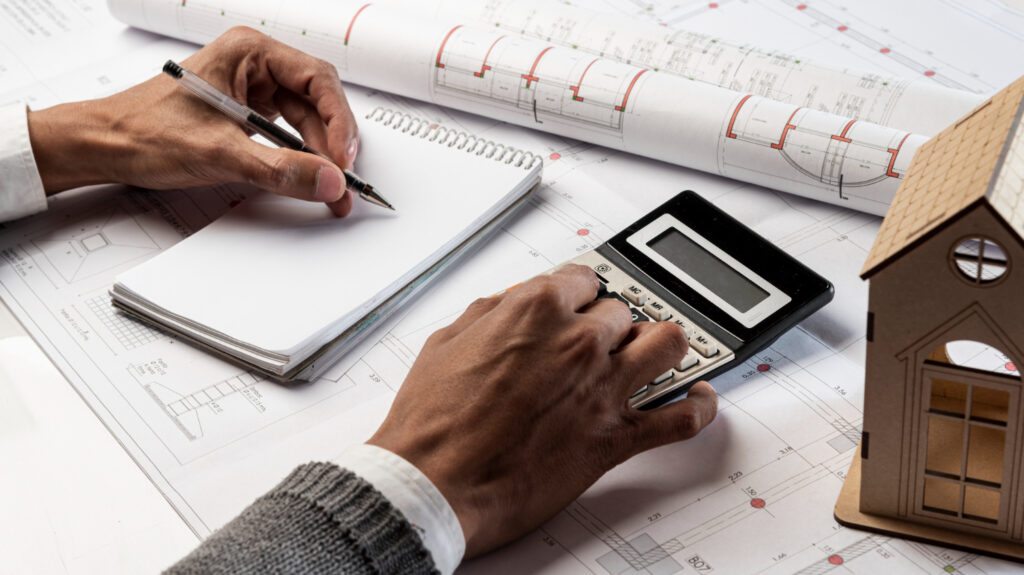Design-Build vs. Traditional Contracting in the UAE: What Smart Developers Are Choosing Today
You’re Not Just Building. You’re Managing a Vision.
Let’s say you’re planning a commercial building in Abu Dhabi, a private villa on the Palm, or a retail cluster in Masdar City. You’ve secured the land, engaged your consultants, and are eager to start — but then comes a decision that can define the entire flow of your project:
Should you go with a traditional contractor… or a Design-Build model?
This isn’t just about paperwork or technicalities. It’s about control, clarity, collaboration, and the kind of experience you want as a project owner.
Let’s explore both options — through the lens of people like you: visionaries, business owners, developers, and investors who want things done right, fast, and with minimal drama.
What’s the Difference, Really?
✅ The Traditional Route: Design-Bid-Build (DBB)
This is the model most people still think of when they hear “construction.” Here’s how it works:
- You hire an architect or design consultant to create detailed plans.
- Once the design is finalized, you float the tender to contractors.
- Contractors bid on the work.
- You award the job to the winning bidder (often the lowest).
- The contractor executes — as per the design they didn’t create.
Sounds simple? It can be. But it often isn’t.
The Integrated Option: Design-Build (DB)
This model puts one team in charge of both the design and construction. You contract with a single entity that takes full responsibility — from concept to handover.
The architects and engineers work hand-in-hand with the construction team from day one. That means no finger-pointing, fewer surprises, and aligned incentives.
Why the Choice Matters in the UAE
In fast-moving markets like Dubai, Abu Dhabi, and Sharjah, where timelines are tight, regulatory approvals are layered, and every delay can cost you real money — your delivery model must match your speed, risk appetite, and complexity profile.
Let’s compare.
Design-Bid-Build vs. Design-Build: Head-to-Head
Factor | Design-Bid-Build (DBB) | Design-Build (DB) |
Timeline | Slower — sequential workflow | Faster — overlap between design & build |
Cost Certainty | Initial low bid; higher risk of cost overruns | Better budgeting from day one |
Owner Risk | Higher — multiple contracts, potential disputes | Lower — single point of responsibility |
Changes & Variations | Frequent — often leads to delays | Fewer — integrated approach manages change |
Communication | Designer and builder may clash | One team, aligned goals |
Control | Owner has greater design input/control | More collaborative but less micro-control |
Best For | Complex, iconic, architect-led projects | Fast-tracked or design-efficient projects |
Real Talk: When to Choose What?
Choose DBB when:
- You want full creative control over design.
- You already have a trusted architect.
- You don’t mind managing multiple stakeholders.
- You are okay absorbing some project risk.
Choose Design-Build when:
- You’re pressed for time or want to fast-track.
- You prefer accountability with one party.
- You want design and construction to talk from day one.
- You’d rather not coordinate between consultants, engineers, and trades.
The Hidden Costs of Traditional Contracting
Many owners go with Design-Bid-Build thinking it’s cheaper. The lowest bid wins, right?
But here’s what often happens:
- The design is completed without knowing actual construction constraints.
- The contractor wins the bid — then requests “change orders” to adjust for real-world site conditions.
- Disputes arise between the architect and the contractor.
- You end up mediating conflicts and paying for delays — in time, money, and sanity.
At PRISTINE, we’ve stepped in to rescue many such projects mid-way.
That’s why for time-sensitive, budget-bound, and non-iconic builds — Design-Build often delivers a better experience.
The UAE Regulatory Lens
Both models are supported under UAE law. The key is clarity in your contracts.
- For DBB, most consultants use FIDIC Red Book (Client designs, contractor builds).
- For Design-Build, the FIDIC Yellow Book is preferred (Design responsibility rests with contractor). Learn more on UAE Construction Contracts from Chambers & Partners
Global and Local Trends
Across the world, Design-Build is gaining traction. In the US and UK, it’s projected to become the dominant model within a decade. The UAE is already embracing it, especially for:
- Hospitality projects (where speed-to-market is critical)
- Education and healthcare facilities
- Logistics parks, warehouses, and prefabricated buildings
- Private villas with turnkey handover
Why We Like Both — But Recommend Smartly
We’ve executed both models for clients — from ground-up developments to high-end fit-outs.
- For a boutique hotel: Design-Build cut 4 months off delivery.
- For a large-scale community center: DBB gave the client creative freedom, but needed close coordination to avoid delays.
No one-size-fits-all here. But smart decisions come from understanding, not guesswork.
Final Word: Choose the Model That Serves You
It’s your project. Your money. Your reputation.
Whether you go with Design-Bid-Build or Design-Build, make sure your contractor can walk you through both — and explain the implications on cost, timeline, and risk.
At PRISTINE, we don’t just build.
We listen.
We guide.
And we deliver — whichever model you choose.
Back to the Pillar Article:
What Is General Contracting? A Complete Guide to Construction Excellence in the UAE



